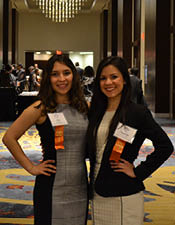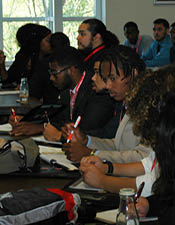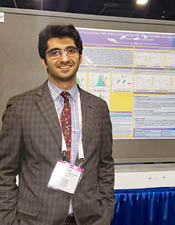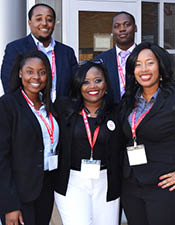Besides UNL, the member institutions that comprise the 2023 MATC-TSE consortium include University of Iowa, University of Kansas, Nebraska Indian Community College, University of Missouri-St. Louis, and Missouri University of Science and Technology. Consortium members have excellent facilities and significant resources that are essential to completing MATC-TSE's research and education goals. The combined resources of the MATC-TSE consortium members include major research libraries, state-of-the art computer facilities, laboratories, and office space. In addition, university staff members help efficiently administer MATC-TSE projects and activities across the consortium.
MATC-TSE has access to a unique, comprehensive set of multi-modal research and testing facilities. A wide range of research has been conducted with these facilities and sponsored by various public and private agencies. A description of each facility is provided below.













Top photo: courtesy of Shelley Bhattacharya
Fourth photo from top: courtesy of Irtiza Khan
Bottom photo: courtesy of Missouri S&T